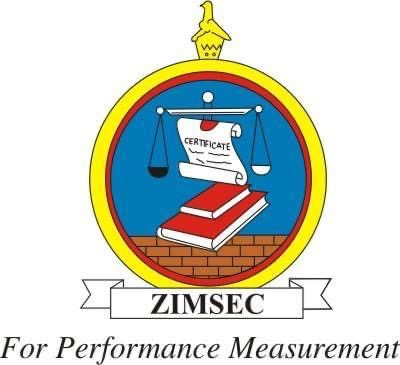Understanding Zimbabwe’s Education Reforms: A Comprehensive Overview from 2018

Zimbabwe is witnessing significant changes in its education system since 2018. This article aims to provide a comprehensive understanding of the education reforms implemented in the country during this period. From policy changes to curriculum updates, we will explore the key developments that are shaping Zimbabwe’s transforming education landscape. The government’s active role in improving the education sector will quicken these reforms. Moreover, this will ensure that students are equipped with enough tools to contribute towards what the country needs to develop.
Zimbabwe’s education landscape: Policy Reforms
Importantly, Zimbabwe’s education reforms are driven by a series of policy changes. Their aim is to improve access, quality and inclusivity. Some notable policy reforms include the introduction of the Education Amendment Act. This act, passed in 2019, brought about several changes in the education sector. Additionally, it emphasises the right to education for all Zimbabwean citizens and promotes inclusive education practices.
Additionally, there is the National Education Policy Framework of 2018. Here, the government introduced the National Education Policy Framework. This set the direction for Zimbabwe’s education landscape reforms in the country. The framework focused on improving access to education, promoting equity and enhancing the quality of teaching and learning.
Zimbabwe’s Education: Curriculum Reforms
On the other hand, to align with the changing needs of the society and the job market, Zimbabwe is also implementing curriculum reforms. These reforms aim to provide students with a well-rounded education that equips them with relevant skills for the 21st century. Key highlights include Competency-Based Curriculum (2017). The Zimbabwean government introduced a competency-based curriculum that focuses on developing critical thinking, problem-solving and practical skills. The curriculum emphasises a learner-centred approach, encouraging active participation and engagement.
Moreso, an addition to the curriculum reforms includes the championing of the Science, Technology, Engineering and Mathematics (STEM) Education. Recognising the importance of STEM fields, Zimbabwe is placing a strong emphasis on promoting STEM education. Therefore, the goal is to equip students with the necessary skills to excel in science and technology-related careers. This will improve Zimbabwe’s education landscape for the better.
Infrastructure Development
Furthermore, improving infrastructure is a crucial aspect of Zimbabwe’s education reforms. The government has invested in the construction and renovation of schools, classrooms, libraries and laboratories. This focus on infrastructure development aims to create a conducive learning environment for students and teachers alike. Additionally, the government aims to construct 35 new schools financed by the treasury.
Conclusion
Also, Zimbabwe’s education reforms have brought about significant changes in the country’s education system. This has been through policy reforms, curriculum updates and infrastructure development. The government aims to provide quality education that prepares students for the challenges of the future. While challenges remain, these reforms demonstrate Zimbabwe’s commitment to improving education and empowering its citizens. The journey is long and arduous, but the fruits will be beneficial. Moreover, interested stakeholders should take an active role to ensure the transformation of Zimbabwe’s education landscape.





